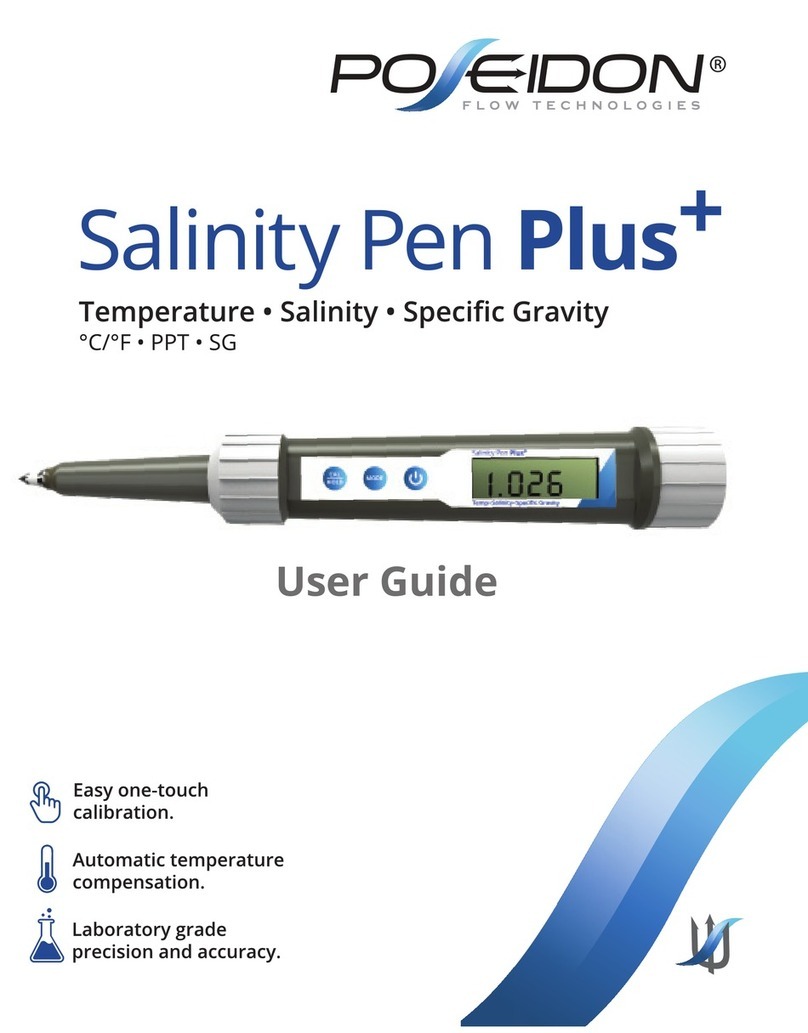Poseidon 3266
Economy model for IT and Telco applications. Supports 3 external sensors
connected to the 1Wire bus and 4 dry contact inputs. Digital sensors of any
type, e.g. door contacts, electrical power meters, smoke detectors, etc., can be
connected to these inputs. Readings are available via XML, SNMP. Alarm
alerts are sent via e-mail or SNMP trap.
Poseidon 3268
Monitoring and control model for IT and Telco applications. Supports 4
external sensors connected to the 1Wire bus, 4 binary (dry contact) inputs,
and two outputs (double-throw contacts of an internal relay).
Multiple devices can be controlled using the outputs, e.g. fans, a security
alarm system, power sources, and more. The device is controlled over XML
and SNMP, alarm alerts are sent via e-mail and SNMP trap.
Poseidon 3468
Industrial monitoring and control with 4 RJ11 sensors, digital
inputs (contacts) and outputs (110/230V-rated relay). Fits on a
DIN rail.
M2M protocols: Modbus/TCP, XML, SNMP
Alerts: E-mail and SNMP trap
Up to 8 sensors: Temp or Humidity (4 RJ11 sensors, up to 30m)
Door contact, smoke detector, flood detector...
2 relay outputs: IP Thermostat function, remote reset/power cycling
Poseidon 2250
Monitoring and logging for industrial applications. Up to 44 sensors, up to 1000 m.
Stored data are periodically e-mailed as attachments or MS Excel files.
M2M protocols: Modbus/TCP, SNMP, XML.
Alerts: E-mail and SMS (GSM modem).
Two sensor buses (local and industrial). Three dry contact inputs.
Up to 10 sensors: Temperature or humidity (1Wire bus RJ11, up to 30m)
+31 sensors: Temp, Pt100, humidity, pressure, dew point, voltage, current…
(RS485: 31 RJ45 sensors up to 1000 m away)
Poseidon 4002
Monitoring of security and operating conditions for data centers.
Fits into a 19" or 10" rack. Features digital inputs (contacts) and
outputs (relay), RJ11 sensors. Supports XML and SNMP, sends
SMS, e-mail and SNMP traps.
Up to 18 sensors: Temperature, humidity, AC current (12 RJ11
sensors up to 30m away)
Door contact, smoke detector, flood detector...
2 relay outputs: Thermostat function, remote reset/power cycling




























